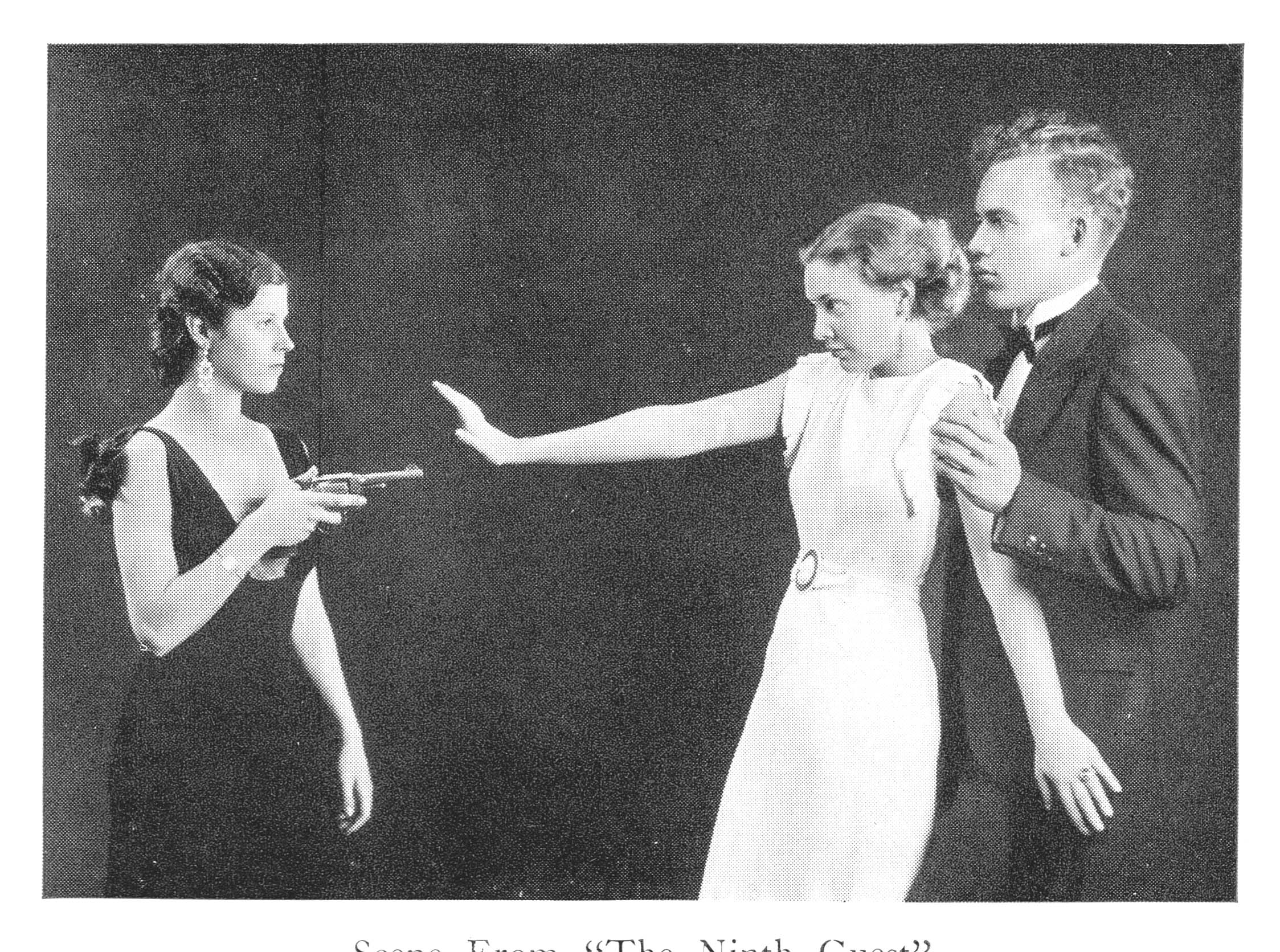Drexel Players Collection Sheds Light on History of Theater at Drexel from 1890s to 2000s
April 12, 2019
Before streaming video and torrents, before DVDs and VHS tapes, before video games and the web, student-run theatrical productions were a central part of campus culture throughout the United States. Drexel was no exception.
Drexel’s earliest student-run theater group, known as the Thespian Thirty, dates back to at least the 1894-1895 academic year. Through various name and organizational changes, and with a break only for World War I and the 1918 influenza epidemic, student-run theater was a regular highlight of campus activities at Drexel until the mid-1960s.  This flier for a production of Dracula staged in fall 1982 is included in the Drexel Players Collection.
This flier for a production of Dracula staged in fall 1982 is included in the Drexel Players Collection.
The Drexel University Archives recently processed a collection of materials related to the history of theater at Drexel, called The Drexel Players Collection. The collection includes material dating back to the 1890s and up to the 2011, including manuscript material from student-run theatrical groups like Alpha Psi Omega, as well as posters, postcards, programs and scrapbooks for specific productions by the Drexel Players, the primary student theatrical group from 1963 – 1964—a group that still exists today.
The collection also includes a scrapbook that documents the activities of the Rouge and Robe dramatic club from 1933 to 1949. The scrapbook’s wool cover is faded and moth-eaten, the pages brittle, and the binding damaged, but it contains clippings, tickets, photographs, and programs, some with handwritten corrections to the cast lists, as well as notes on the activities of the club. These ephemera enrich our understanding of Drexel’s campus culture in previous generations.
Dramatic activities were very popular in the 1930s, with large numbers of students involved in each production. A handwritten note in the scrapbook mentions a 1930 production of the operetta The Werewolf, which had a cast of seventy and presumably even more students involved as stage hands.
Intramural and intercollegiate theater contests were also popular at the time. According to a program from the spring of 1937, ten different Drexel fraternities and sororities entered one contest. Different institutions took turns hosting these intercollegiate contests, and in February 1934, Drexel hosted one of these contests—and came in last.  A publicity image for The Ninth Guest, a mystery thriller staged by Drexel in 1934.
A publicity image for The Ninth Guest, a mystery thriller staged by Drexel in 1934.
The scrapbook also attests to a form of racism that—for the most part—went unquestioned in the 1930s and 1940s. It contains a 1936 program for Kappa Sigma Delta’s second annual minstrel show. Minstrel shows were a quintessentially American form of entertainment that originated in the early 19th century and relied on racist caricatures of African American people and commonly featured white actors in blackface. The scrapbook also includes photos of white actors in yellowface from a 1948 production of The Mikado.
Anyone curious to examine the Rouge and Robe scrapbook or other material from the Drexel Players collection is welcome to make an appointment to visit the Drexel University Archives by emailing archives@drexel.edu.
To learn more about the contents of the Drexel Players collection, view the collection finding aid online.
Article by Jesse Brody, Archives Technician